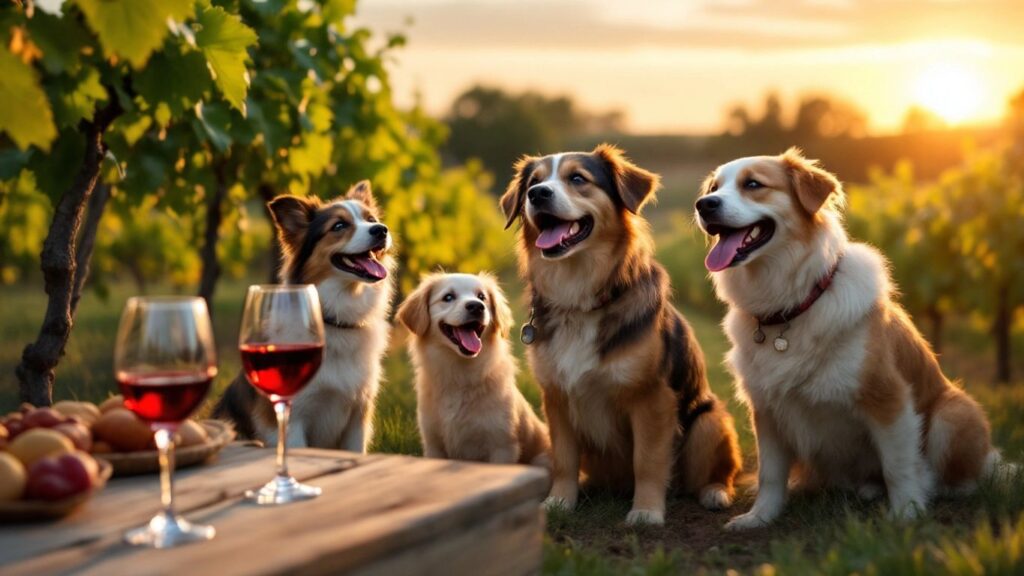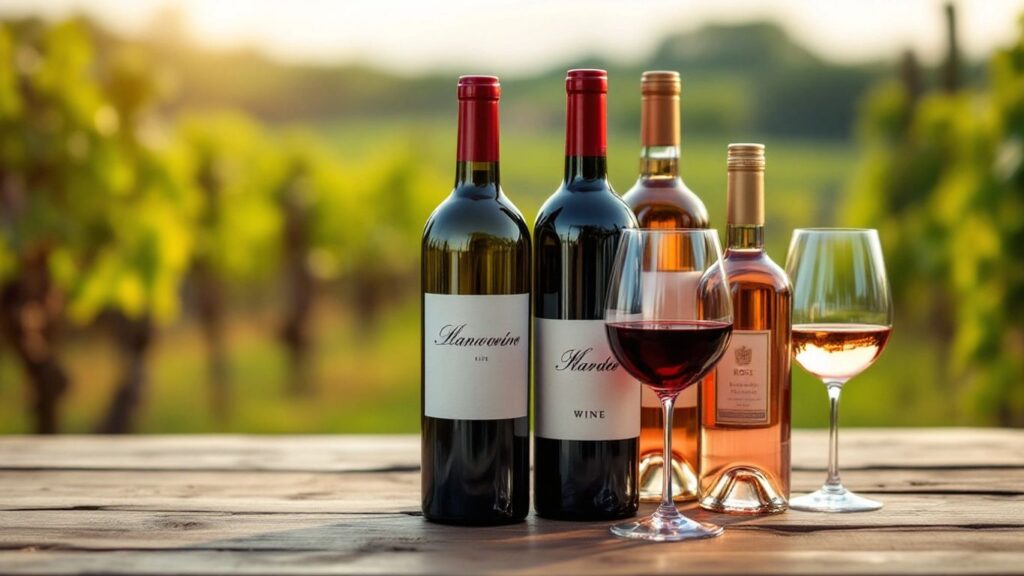Wine has been made for thousands of years, but some wineries are giving it a fresh spin. They blend old methods with new ideas to make unique wines. These modern wineries keep what’s good about tradition while trying new things.
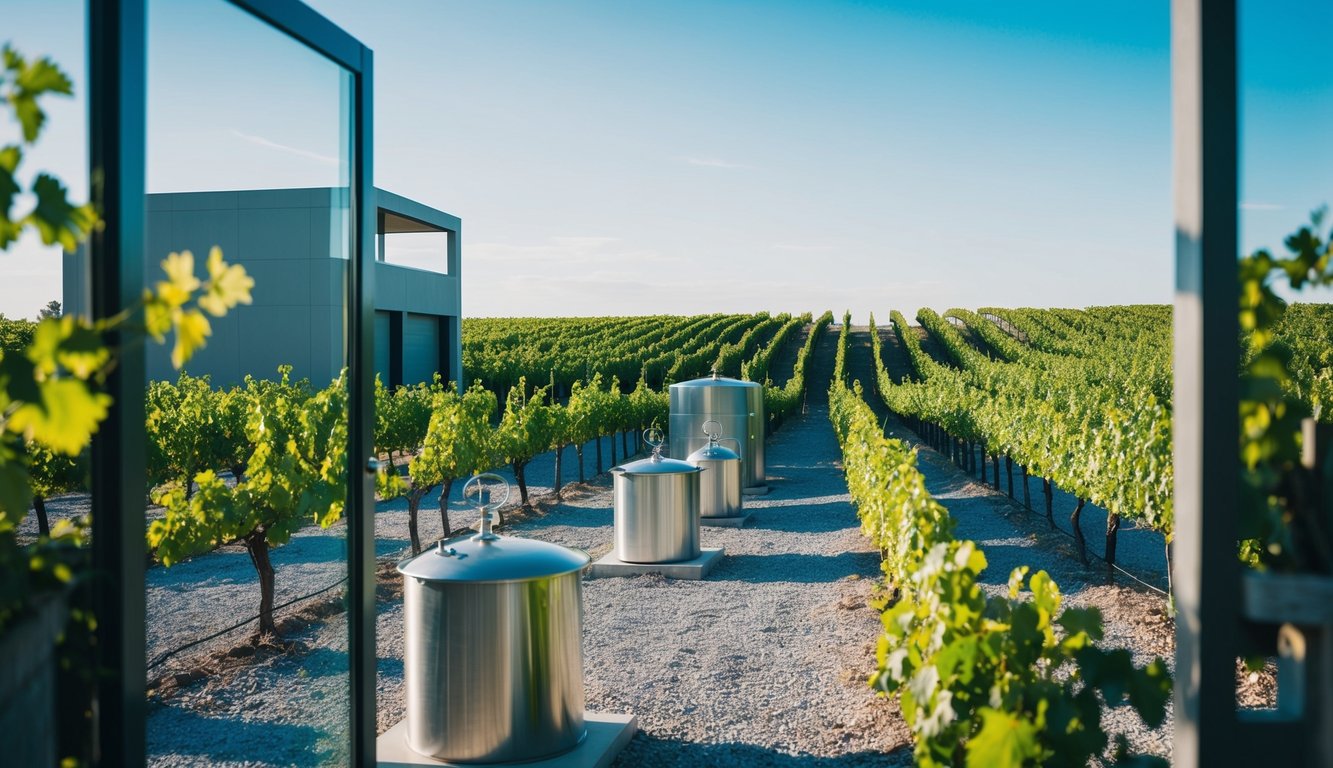
You might wonder what makes these wineries different. They use smart tech, care for the earth, and come up with cool designs for their buildings. Some even offer fun ways for you to learn about and enjoy wine. These places show that wine can change with the times while still tasting great.
1) Antinori nel Chianti Classico, Italy
Nestled in the heart of Tuscany, Antinori nel Chianti Classico offers a fresh take on winemaking tradition. This innovative winery seamlessly blends modern architecture with centuries-old techniques.
You’ll be amazed by the winery’s unique design. It’s built into the hillside, making it almost invisible from a distance. This clever architecture respects the natural landscape while showcasing cutting-edge design.
Inside, you’ll find a perfect mix of old and new. The winery uses state-of-the-art equipment alongside time-honored methods. This combination allows Antinori to produce wines that honor tradition while pushing boundaries.
The Antinori family has been making wine since 1385. Their deep roots in the region shine through in every bottle. Yet, they’re not afraid to innovate and adapt to changing times.
You can explore the winery’s museum, which hosts both historical and contemporary exhibitions. It’s a testament to the family’s commitment to preserving the past while embracing the future.
Don’t miss the Rinuccio 1180 restaurant during your visit. Here, you’ll taste dishes inspired by rustic Tuscan cuisine, elevated with a modern touch. It’s the perfect complement to Antinori’s exceptional wines.
2) Penfolds Magill Estate, Australia
You’ll find a unique blend of history and innovation at Penfolds Magill Estate. Located just 15 minutes from Adelaide city center, it’s one of the world’s few urban single vineyards.
Founded in 1844, Penfolds has revolutionized how the world views Australian Shiraz. The estate’s 100% Shiraz vineyard contributes to their renowned Magill Estate Shiraz and sometimes to their flagship Grange wine.
At the Cellar Door, you can enjoy a range of wine tastings. For a more immersive experience, try the ‘Ultimate Penfolds Experience.’ This tour takes you from the historic cottage through the vineyards and underground cellars, ending in a private tasting room.
To celebrate Penfolds’ 180th anniversary and Bin 707 Cabernet Sauvignon’s 60th anniversary, they’ve launched a new tasting experience. This includes a bespoke tour, tasting, and a food and wine moment at their fine dining Magill Estate Restaurant.
You can also indulge in a seven-course degustation dinner with wine pairings at the restaurant. It’s a perfect way to cap off your visit to this modern winery steeped in tradition.
3) Marqués de Riscal, Spain
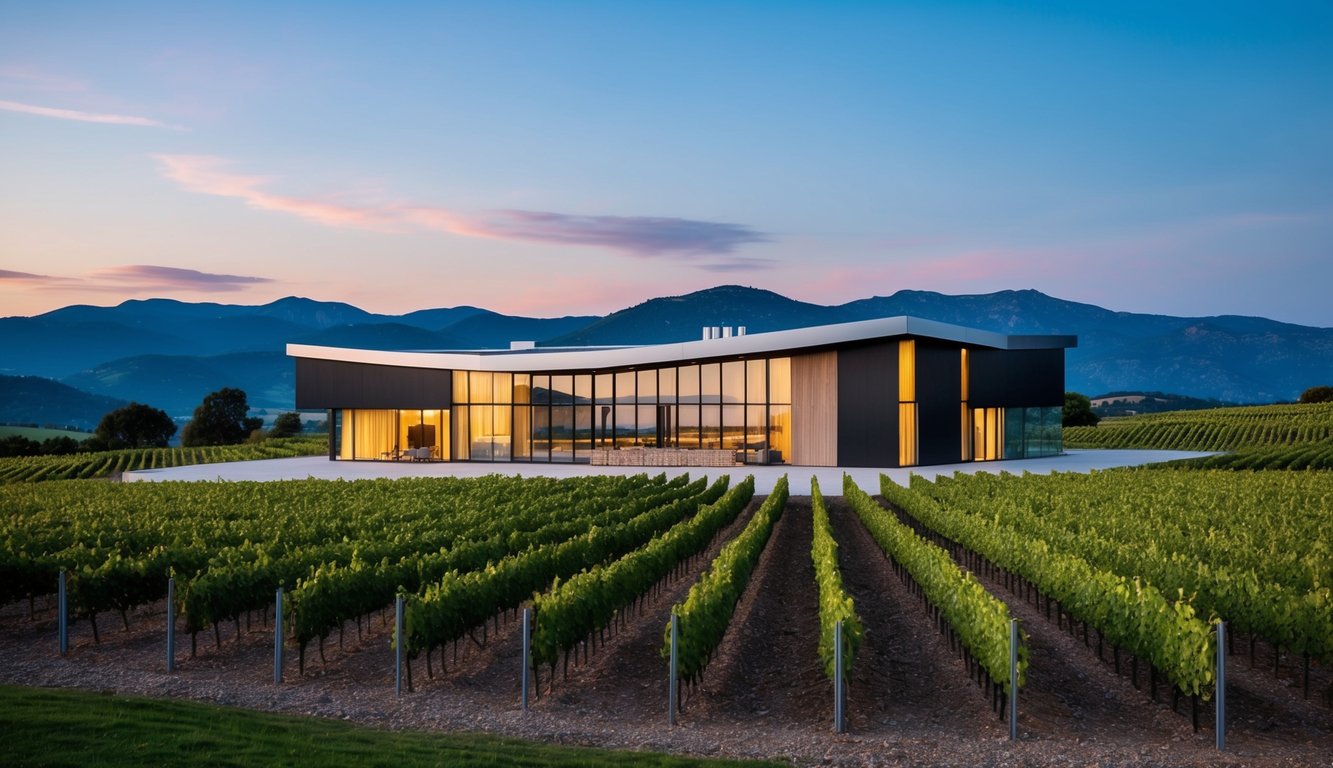
Marqués de Riscal blends tradition and innovation in a stunning way. Located in Elciego, Spain, this winery boasts a rich history dating back to 1858. It’s one of the oldest wineries in Rioja.
You’ll be amazed by the winery’s most striking feature – a bold, avant-garde building designed by Frank Gehry. This titanium-and-steel structure houses a luxury hotel, restaurants, and spa, creating a true “City of Wine” experience.
The contrast between the modern architecture and the original 1860 sandstone bodega is breathtaking. It perfectly symbolizes Marqués de Riscal’s commitment to both tradition and innovation.
Your visit will take you through 540 hectares of vineyards owned by the estate. Marqués de Riscal produces over 6 million bottles annually, exporting to more than 100 countries.
Don’t miss their flagship wine, the Rioja Reserva. It’s made from tempranillo vines planted before the 1970s and grown in the best clay-limestone soils of Rioja Alavesa.
4) Château Margaux, France
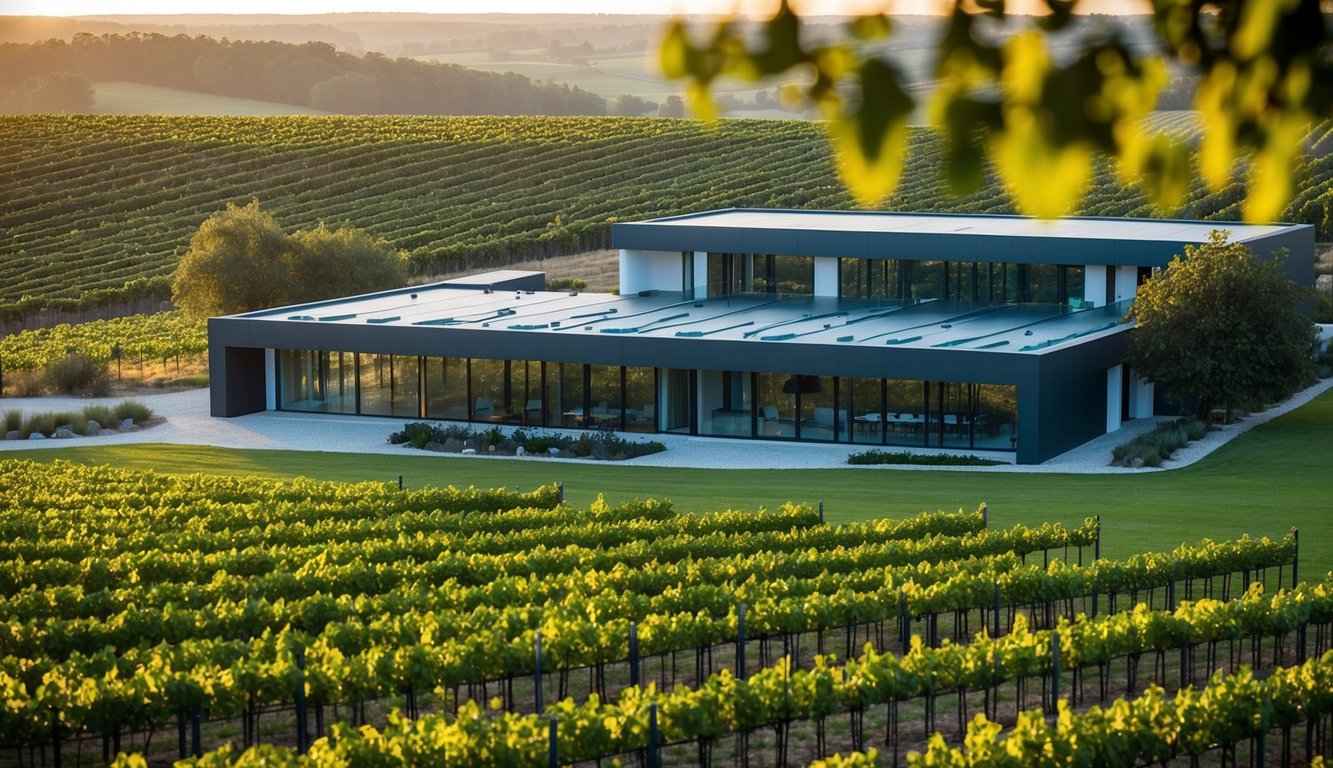
Château Margaux blends tradition with innovation in its winemaking approach. This prestigious Bordeaux estate boasts a rich history dating back to the 16th century. You’ll find it nestled in the Margaux appellation, known for producing some of the world’s finest wines.
In 2015, Château Margaux unveiled a state-of-the-art wine cellar designed by renowned architect Norman Foster. This modern addition complements the estate’s iconic neo-Palladian architecture, creating a striking visual contrast.
The winery’s commitment to quality shines through in its ultra-modern installations. These cutting-edge facilities allow for precise control over the winemaking process, ensuring each vintage meets the château’s exacting standards.
You’ll appreciate Château Margaux’s dedication to sustainability. The estate employs environmentally friendly practices in both vineyard management and wine production.
When you visit, you can experience the perfect balance of old and new. Tour the historic cellars and then explore the contemporary winemaking facilities. This unique combination offers insight into how Château Margaux honors its heritage while embracing modern techniques.
5) Robert Mondavi Winery, USA
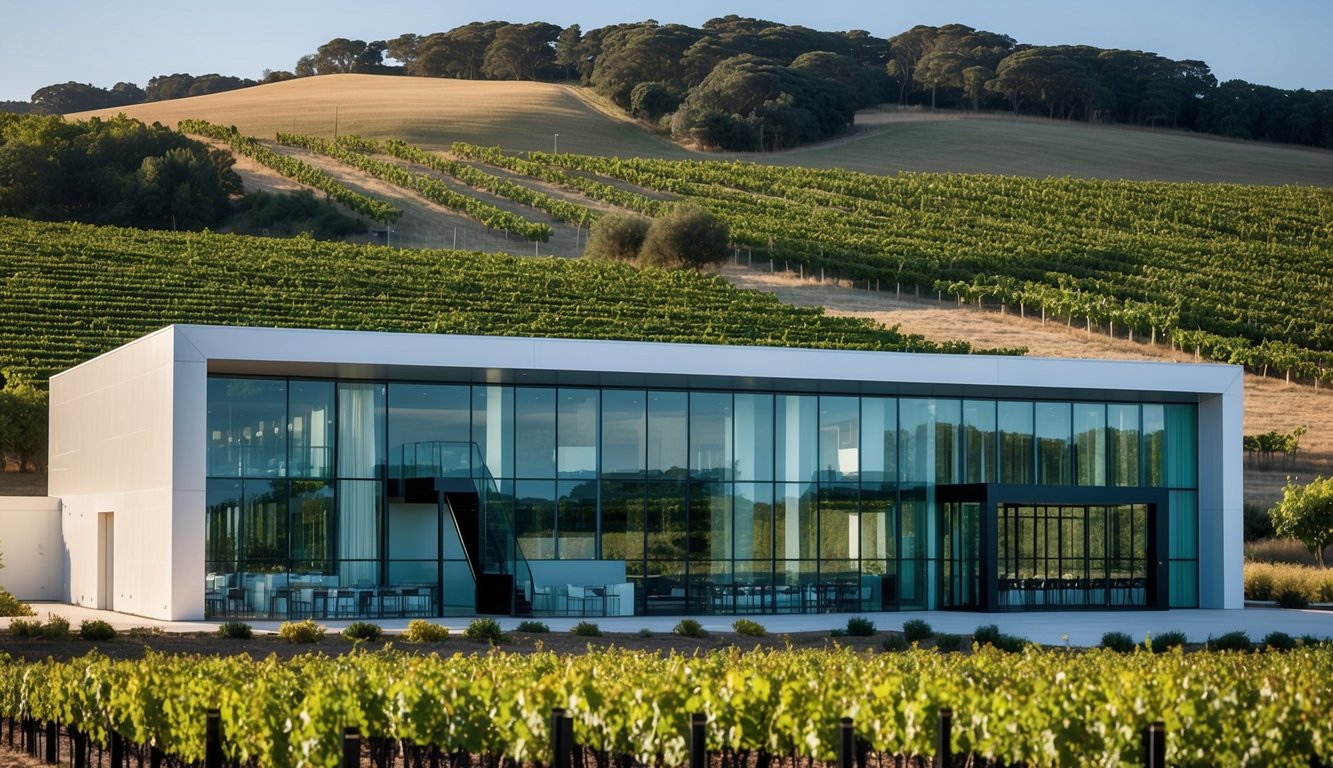
Robert Mondavi Winery stands as a pioneer in Napa Valley’s modern wine era. Founded in 1966, it changed the game for California wines. Robert Mondavi’s vision was to create wines that could compete with the world’s finest.
The winery is located in Oakville, California, and is home to the famous To Kalon Vineyard. This 440-acre parcel provides grapes for some of Mondavi’s most prestigious wines.
You’ll find a blend of tradition and innovation at Robert Mondavi Winery. They use both time-honored techniques and modern technology to craft their wines. Their commitment to quality has made them a respected name in the wine world.
The winery offers various experiences for visitors. You can take tours, enjoy tastings, and learn about winemaking. It’s a great place to immerse yourself in Napa Valley’s rich wine culture.
Robert Mondavi Winery continues to produce acclaimed wines. Their Cabernet Sauvignon and Fumé Blanc are particularly well-known.
6) Concha y Toro, Chile
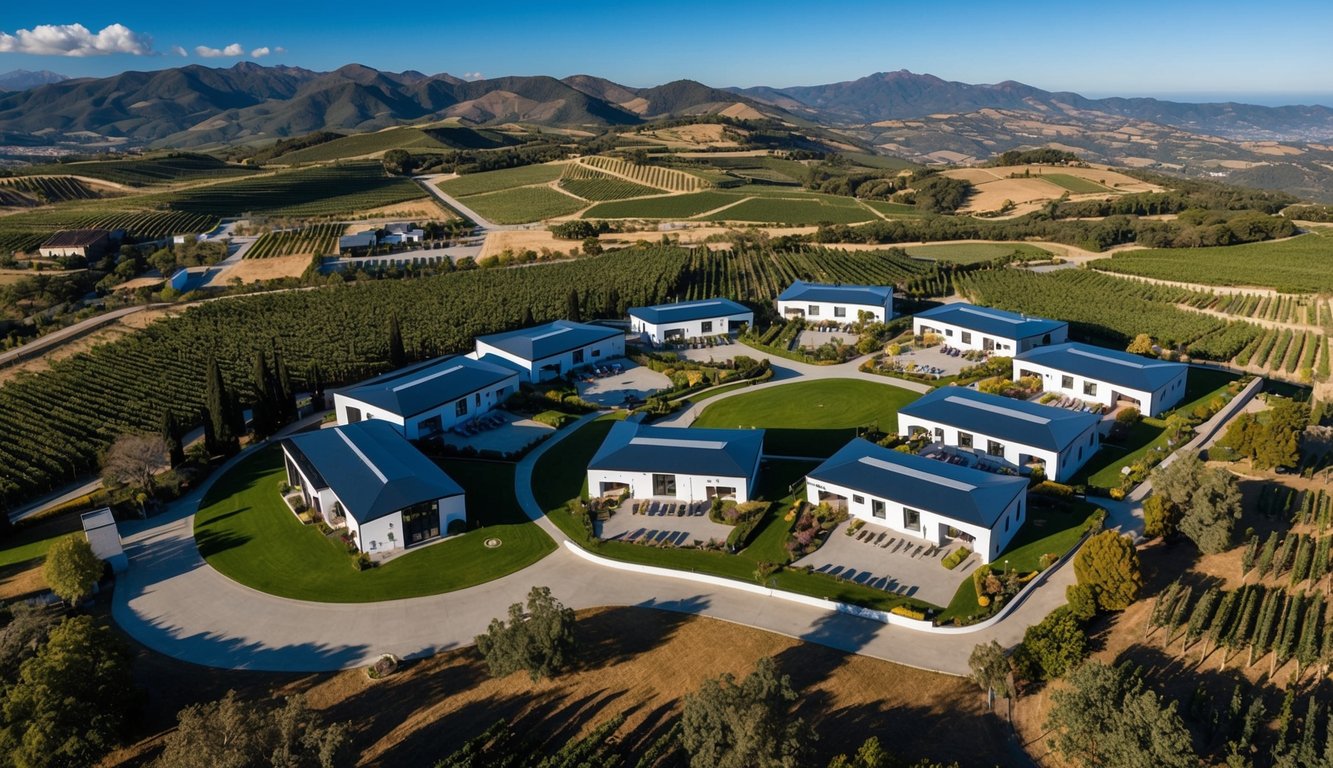
You’ll find a blend of history and innovation at Concha y Toro, one of Chile’s most famous wineries. Located in the Maipo Valley, this winery offers a unique experience that combines tradition with modern techniques.
When you visit, you can explore the historic cellars and vineyards that have been part of Chile’s winemaking heritage for generations. The Wine Tourist Center is the main attraction, situated just an hour from Santiago.
Concha y Toro’s story in Puente Alto began in 1968 when they acquired 400 hectares of vineyards. Today, these vineyards produce some of the finest Cabernet Sauvignon in the region.
You can enjoy wine tasting tours that showcase the winery’s diverse portfolio. From crisp whites to bold reds, you’ll sample wines that reflect the unique terroir of the Maipo Valley.
For a special treat, visit the Devil’s Cellar, where the legendary Casillero del Diablo wine was born. This atmospheric space adds a touch of mystery to your wine tour.
7) Moët & Chandon, France
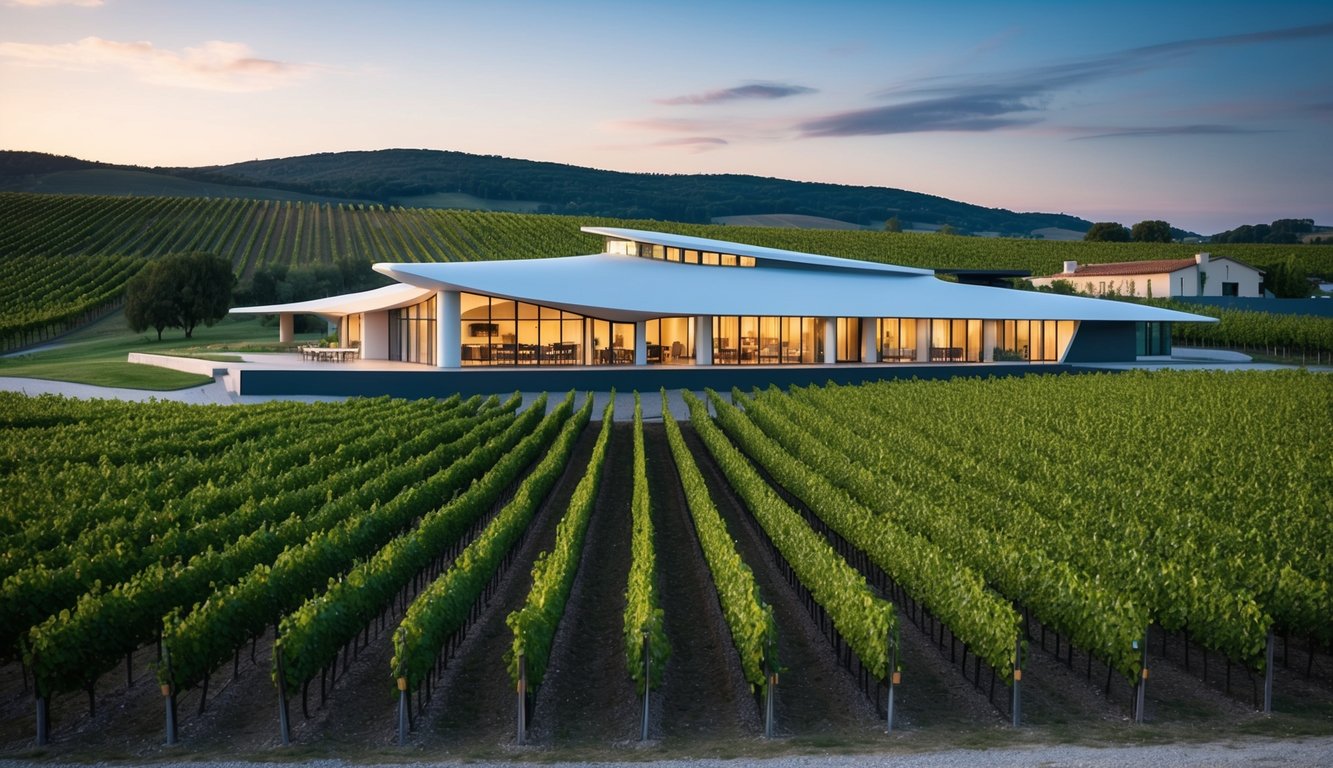
Moët & Chandon blends tradition with innovation in the heart of Champagne. You’ll find this iconic winery in Épernay, where it has been crafting bubbly since 1743.
Step into their world by visiting their extensive underground cellars. These hidden vaults hold centuries of history and champagne-making secrets.
The winery’s vast vineyards span all five main areas of Champagne. This gives them the unique ability to choose the best grapes for their blends. You’ll taste the difference in every sip of their Pinot Noir, Pinot Meunier, and Chardonnay based champagnes.
Moët & Chandon keeps up with modern tastes while honoring their heritage. They offer cellar tours and tastings that let you experience their champagne-making process firsthand.
Their commitment to quality and innovation makes them a standout in the wine world. Moët & Chandon is also a popular choice for many high-profile events, from royal weddings to sports championships.
The Blend of Tradition and Innovation
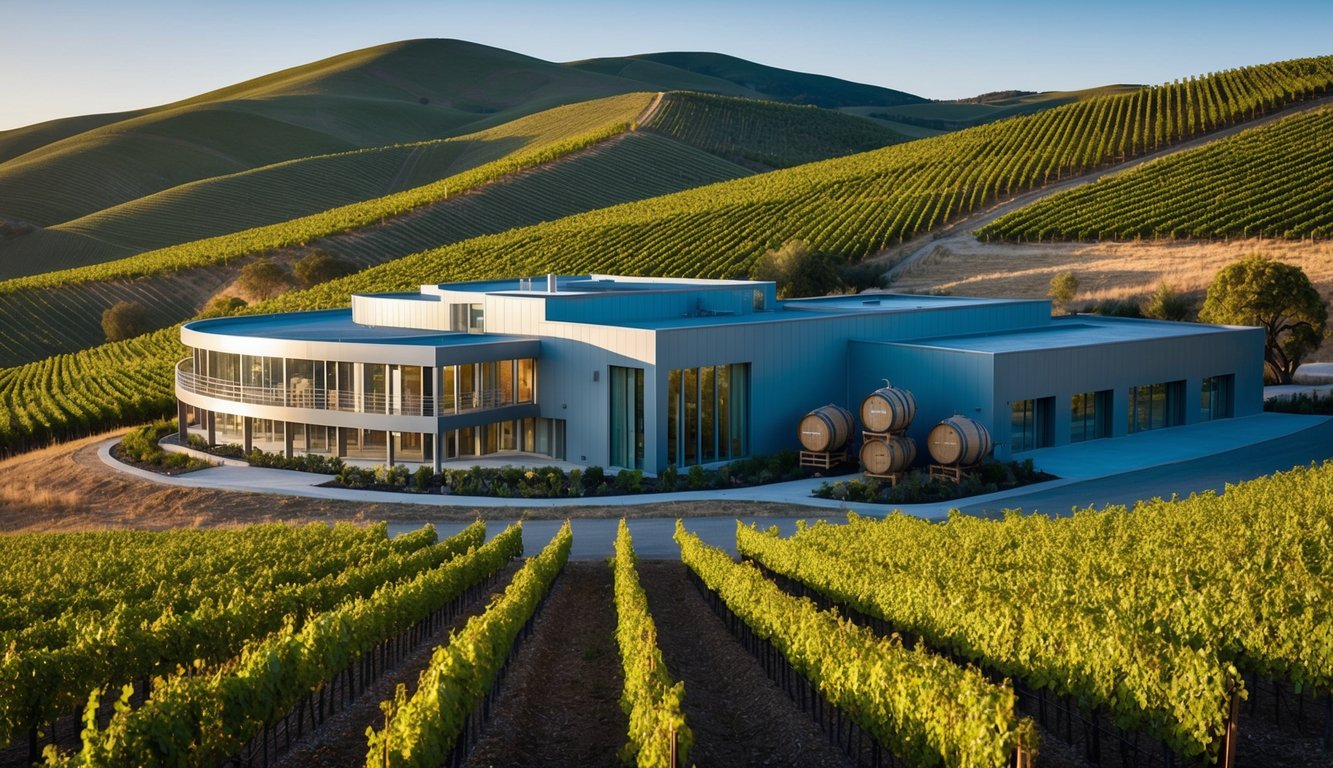
Wineries today are finding creative ways to honor the past while embracing the future. You’ll see centuries-old techniques used alongside cutting-edge technology as vintners craft wines that respect heritage and push boundaries.
Historical Influences on Modern Winemaking
Ancient winemaking methods still shape how you enjoy wine today. Oak barrel aging, a practice dating back to Roman times, remains crucial for adding complex flavors. You can taste this tradition in wines from Frey Vineyards, where organic grapes meet time-honored techniques.
Biodynamic farming, rooted in 1920s philosophy, has seen a resurgence. This holistic approach treats vineyards as living ecosystems. You’ll find biodynamic practices at wineries like Château Luchey-Halde, where they blend old wisdom with modern science.
The wine futures system, born in the 1980s, lets you buy wine before it’s bottled. This tradition, inspired by centuries-old practices, now helps wineries secure funding for innovation.
Technological Advancements and Their Impact
Modern tech is revolutionizing how your wine is made. Precision viticulture uses drones and sensors to monitor vine health, ensuring top-quality grapes reach your glass. You’ll see this at places like Domaine du Colombier, where young winemakers embrace new tools.
Temperature-controlled fermentation gives winemakers precise control over flavors. This tech helps create consistent, high-quality wines year after year.
Optical grape sorters use cameras to select only the best fruit. You benefit from purer flavors and fewer flaws in your wine. Wineries like Tenuta Luce combine this new tech with traditional winemaking for exceptional results.
Sustainable Practices in Winemaking
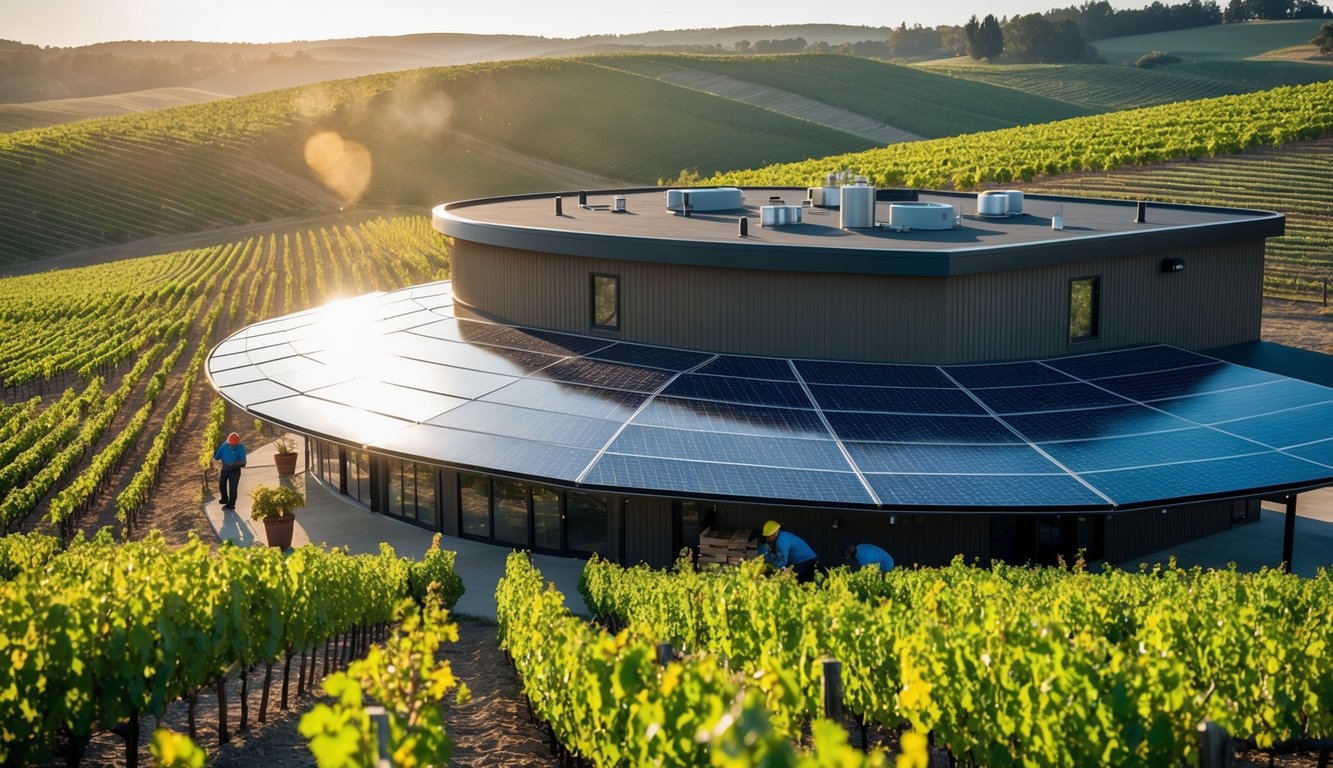
Many wineries are adopting eco-friendly methods to make great wine while protecting the environment. These practices help create high-quality wines and support a healthier planet.
Organic and Biodynamic Farming Techniques
Organic farming in vineyards avoids synthetic pesticides and fertilizers. Instead, winemakers use natural methods to manage pests and enrich the soil. This leads to healthier vines and grapes.
Biodynamic farming goes a step further. It treats the vineyard as a living ecosystem. Winemakers follow a special calendar for planting and harvesting. They also use special plant-based treatments to boost vine health.
Sustainable wineries often use cover crops between vine rows. These plants help prevent erosion and add nutrients to the soil. Some wineries also bring in animals like sheep to naturally control weeds.
Reducing Carbon Footprint in Vineyards
Wineries are finding ways to cut their carbon emissions. Many are switching to renewable energy sources like solar panels. This helps power their operations with clean energy.
Water conservation is another key focus. Some vineyards use dry farming techniques, which rely on natural rainfall instead of irrigation. This saves water and can produce more flavorful grapes.
Lightweight bottles are becoming more common. These use less glass, reducing the energy needed for production and shipping. Some wineries are even exploring alternative packaging like boxes or cans.
Waste reduction is important too. Many wineries compost grape skins and stems. This creates natural fertilizer for the vineyard, closing the production loop.
